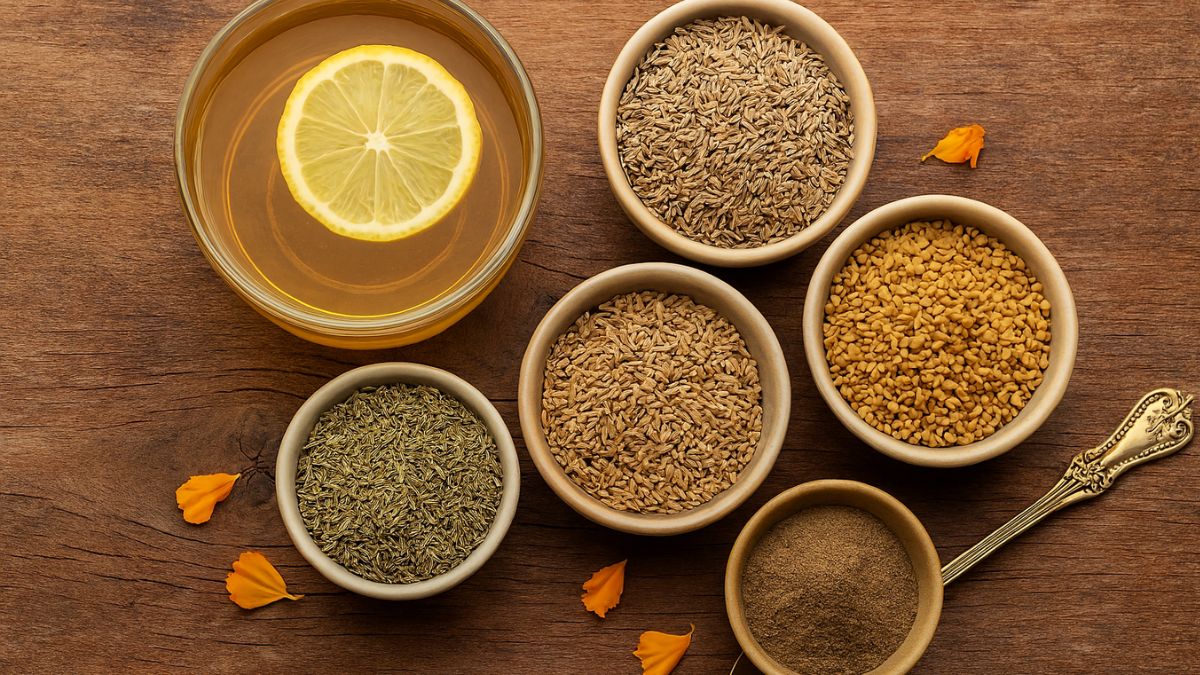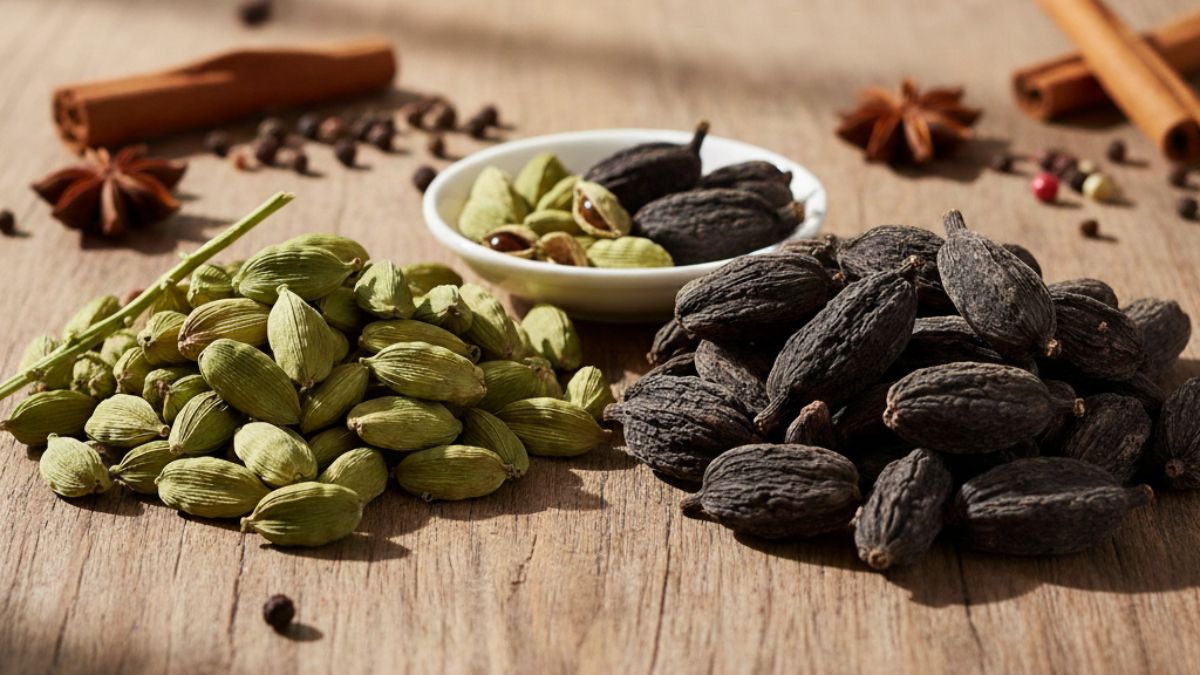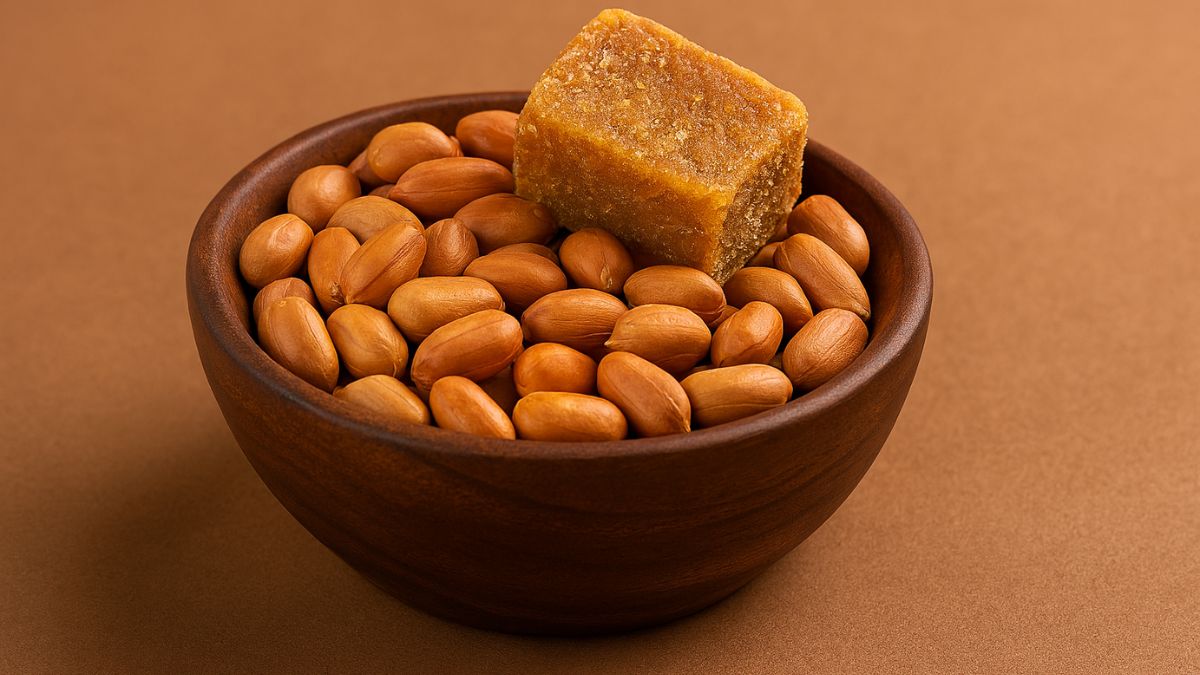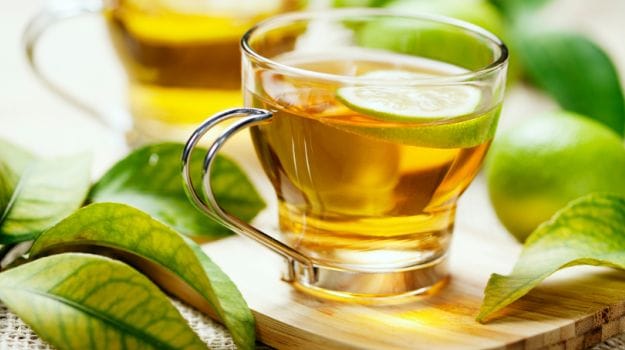Most varieties of tea fall under one of these categories, with each kind literally serving a specific purpose. From the simple black tea, to some of the most exotic varietals, serving and drinking tea can range from being totally plebian to elite.(A Little Warmth Goes a Long Way - The Science of Hot Drinks)
The Black Tea
The Black Tea, which mostly comes from Darjeeling, Assam, and the Nilgiris, Sri Lanka, is recognised by its dark brown or black leaves. Loaded with flavanoids, black tea helps in the reduction of what's known as bad cholesterol. It's also great for boosting our immune system, and warms up the body fast, which is perfect for those rainy evenings. It also helps to fight stress, and neutralises free radicals.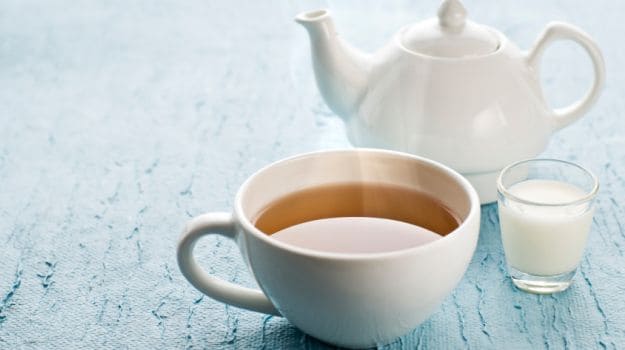
Drinking it: The best way to drink black tea is by itself, with a bit of honey perhaps. However, one can make a great masala chai out of it. Add milk, some ginger, and a couple of small cardamom, a sweetener of your choice, and you have a flavour bomb right there. The Earl Grey is one of the most famous black teas, which is infused with the oil of Bergamot fruit, and it's best with a twist of lime. In fact, most black teas taste delicious when had with lemon and sugar. Black tea also makes for excellent iced teas.
(Welcome to This Chinese Tea Party)
The Green Tea
Green tea is green because it's not oxidised, and therefore manages to retain its green colour. Most green teas are produced in China and Japan. While Japan uses steam to arrest oxidation, China uses mostly kiln-fire to achieve the same result.
Now the world knows that green tea helps to burn fat, and that's primarily because it increases one's metabolism, when had over a period of time. Green tea also helps reduce bad cholesterol, and its antioxidant qualities keep the liver protected.(Green tea taste test - Which one's the best?)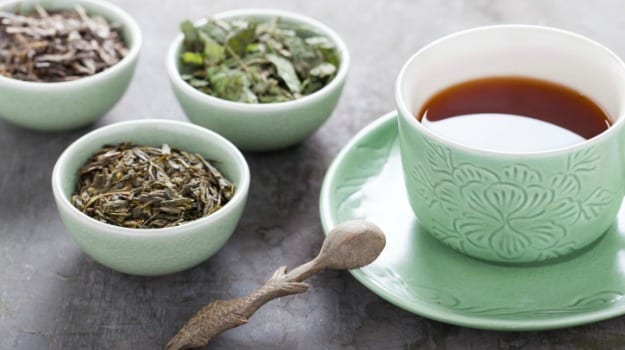
Drinking it: The best way to drink green tea is by steeping it in hot water for a few minutes. Some prefer to add honey to it, but honestly it's best had without any additives. There are plenty of varieties of green tea available - some are even infused with flavours - so you'll never really run out of options.(Ask Martha: Brewing the perfect cup of tea & more)
The Oolong Tea
Oolong, during its manufacturing routine, it only partly oxidized. Therefore, the colour of oolong leave can be anywhere between green and black tea. And flavours vary too! Drinking oolong tea can help to control various health conditions - from heart diseases and cholesterol, to giving the body the antioxidants it needs. It also helps to improve bone structure and even dental health. And even though oolong has caffeine in it, it can be quite calming for your frayed nerves. And guess what, the polyphenol compound in oolong also helps to control the metabolism of fat in the body, and assists in weight loss.
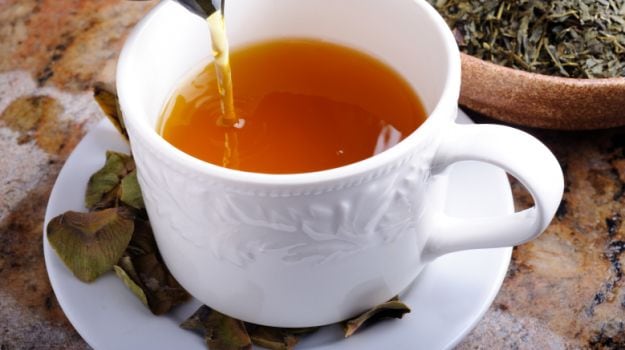
Drinking it: One of the most important things to remember about oolong is that unlike green tea, you can't really have endless cups of this kind; and its high caffeine content is the reason, even though in reasonable quantities it can be very good for one's health. The best way to drink oolong is by itself, steeping the leaves according to its strength. (How to Make Lemongrass Tea)
White Tea
White tea, one of the most coveted teas across the world, is as subtle as it can get. It's made from plucking young tea leaves, harvested before the buds are bloomed completely. Once plucked, the tea is withered and dried, resulting in a luscious and delicate flavour.
White tea is famous for its anti-carcinogenic qualities, but that apart it also helps to improve oral heath. Its anti-ageing qualities make it extremely popular with actors, but what it also does is reduce plasma glucose levels and increases insulin (thus helping diabetics). Plus it's also consumed to assist in weight loss. It's also one of the most expensive varieties of tea.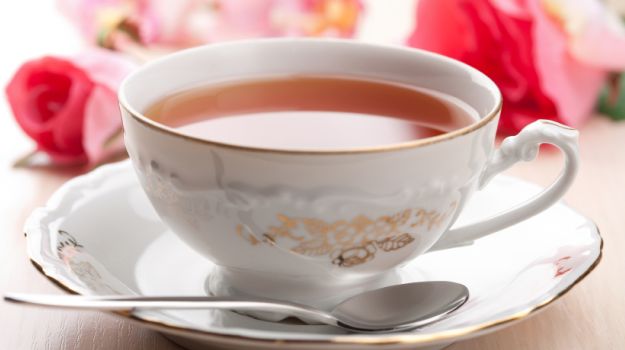
Drinking it: There's no other way to drink white tea than to just let it steep in hot water for a couple of minutes. Don't add milk or sugar, or even lemon juice for that matter.(Time for Tea: Five Types of Teas that Can Help an Upset Stomach)
The Indian tea market can be fairly baffling, what with more than 100 varieties of flavoured or infused teas available in the market. From teas that help you to sleep, or lose weight, or calm down, or find energy - the options are unlimited. And as long as you drink them in reasonable quantities, you will only find benefits.
Tea, but not tea
Teas, that don't use tea leaves, are also as popular as real teas. For instance, the Tisane, an herbal infusion, is made by brewing herbs, fruits and flowers. It can be made with leaves such as lemongrass and mint; flowers such as lavender, chamomile and rose; seeds such as cardamom and fennel; barks such as cinnamon; roots such as chicory, ginger and turmeric; and fruits such as apple and peach.(New Kid on the Block: The Mighty Health Benefits of Kombucha Tea)
The chamomile is one of the most popular varieties of Tisane. This tea, made by brewing chamomile flowers helps to calm nerves, and even helps one sleep. The Hibiscus tea, is yet another favourite. Its tart flavour might require the addition of a sweetener, but definitely no milk. This tea has a deep red colour, and helps to reduce blood pressure, hypertension, etc.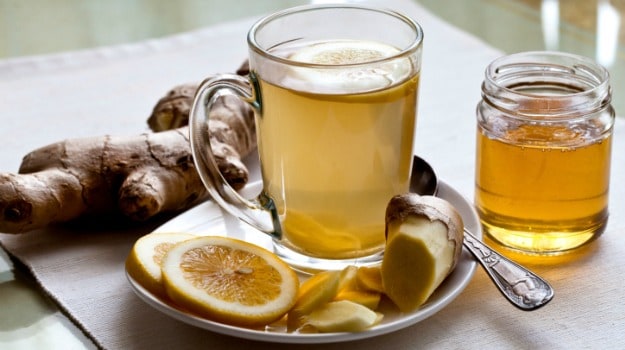
It also helps to rid the body of free radicals, thus helping to control heart diseases, rheumatoid arthritis, among others.
The Rooibos, is yet another kind of Tisane, which is made from a legume plant, called
Aspalathus linearis. It has no caffeine, and has quite a few health benefits too. It helps to cure headaches, insomnia, asthma, bone weakness, hypertension, and even premature ageing. Most tisanes come with their own unique qualities, depending on its ingredients, and are usually had without any additives.(Purple Tea - Is This the Tea of the Future?)
From chilled to steaming hot cups - the Tisane can be a fun drink, especially when you want to take advantage of the health benefits tea provides, without actually having to drink any tea.




